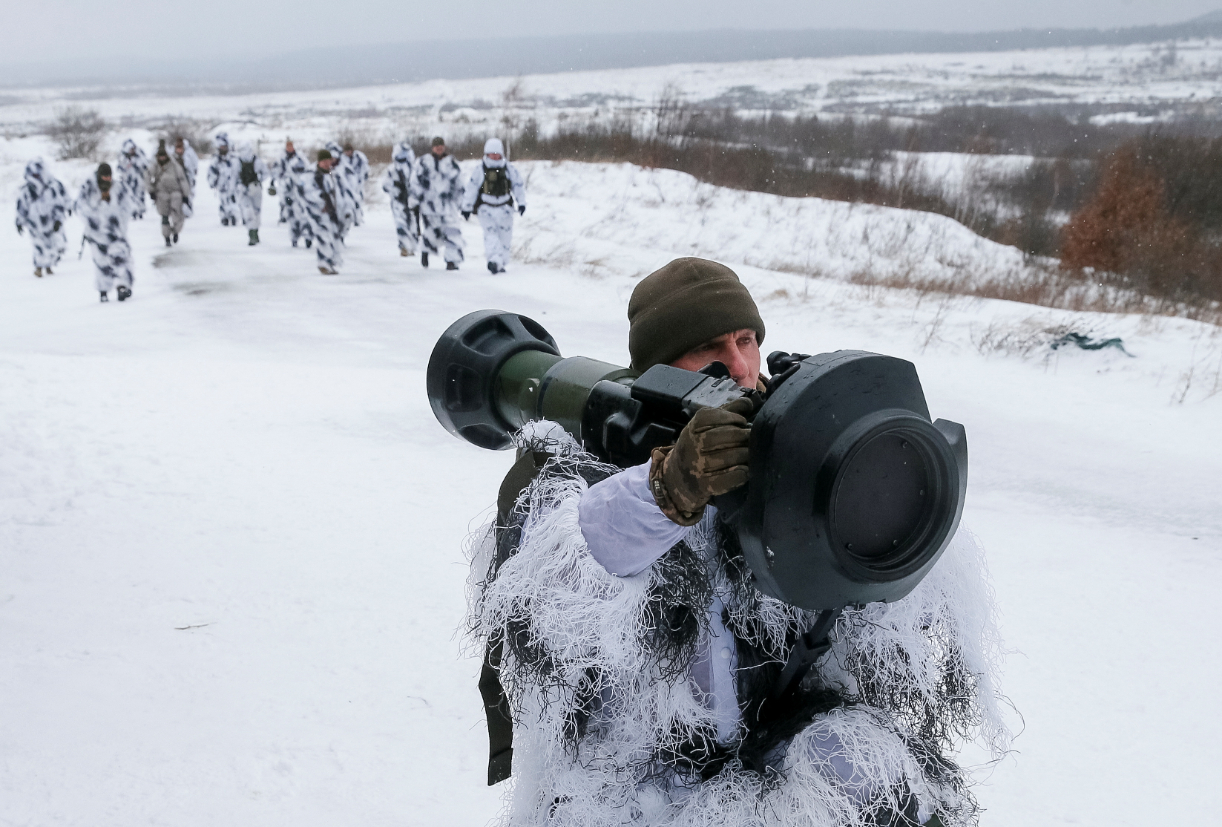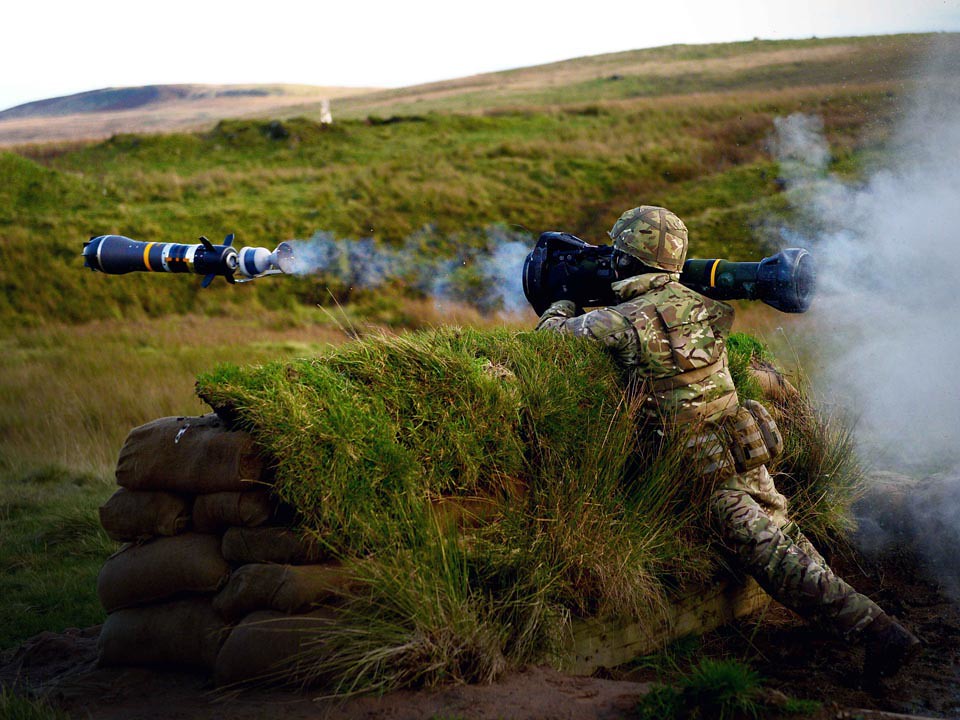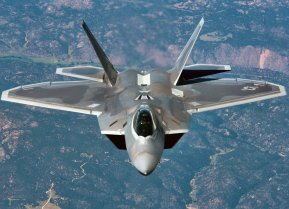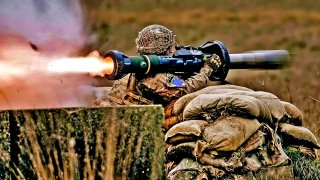Ukraine’s Secret Weapon: The NLAW Anti-Tank System
Saab, known for cars like the 9-3 and 9-5, is primarily a weapons developer. Its NLAW (Next-generation Light Anti-tank Weapon) is crucial in Ukraine's defense against Russian tanks.
Summary: Saab, known for cars like the 9-3 and 9-5, is primarily a weapons developer. Its NLAW (Next-generation Light Anti-tank Weapon) is crucial in Ukraine's defense against Russian tanks.

-Designed for short-range use by a single soldier, the NLAW is effective up to 800 meters with a fire-and-forget missile system.
-Weighing 13 kilograms, it allows engagement from just 20 meters away.
-The NLAW has been highly effective, contributing significantly to Russian tank losses, and enabling Ukraine's resilient defense.
NLAW vs. Russian Tanks: How a Simple Tool is Making a Big Impact in Ukraine
In America, Saab is best known for automobiles like the 9-3 and the 9-5, which have become cult collector’s items since the company disappeared from the North American market. But automobiles were always a peripheral pursuit for Saab, whose primary expertise is weapons development. And while the highest-profile Saab weapons are probably its fighter jets, like the fourth-generation JAS 39 Gripen, Saab also makes an anti-tank weapon that Ukraine uses in its defense against Russia.
Affordable Tank Defense
Saab’s NLAW, or Next-generation Light Anti-tank Weapon, is well-suited for combat on the plains of Eastern Europe. Russia, in invading Ukraine, has relied heavily on tank columns, which makes sense. Eastern Europe is a wide, open plain, well-suited for tank combat. Indeed, the Russian use of tanks was anticipated, as Russia relied on tanks to push back the Nazi invasion during World War II. During the Cold War, U.S. war planners expected a Russian attack would feature a tank advance across the plains of what is now Ukraine. So Russia’s heavy use of tanks today in Ukraine is standard fare. Ukraine is fortunate to have an inventory of cheap and effective anti-tank weapons like the NLAW.
According to Saab’s website, the NLAW features a “powerful warhead, able to defeat any modern MBT” a “combat range of 20-800 meters” and a “time from target detection to engagement” of “approximately 5 seconds.”
“Developed in 2002 as a single-soldier, short-range, anti-tank weapon system, we continue to work with soldiers to provide the weaponry needed to succeed,” Saab’s website says. “Backed by nearly two decades of experience, the resurgence of the tank in battle validates our expertise in this field. It’s the same old story – and Davis still beats Goliath.”
Obviously that is corporate-speak. But by all reports, the NLAW is performing effectively on the Ukrainian battlefield.
Indeed, analysts estimate that the NLAW is responsible for between 30% and 40% of Russia’s tank losses.
What is the NLAW Exactly?
The NLAW is a handheld fire-and-forget missile, meaning the operator has no responsibility to guide the missile after launching it. This is especially useful for troops who may have exposed themselves in order to get a shot off, or who are actively under enemy fire.
The NLAW is comparable to the U.S.-made FGM-148 Javelin. Both feature an onboard guidance system. The difference between the NLAW and the Javelin, however, is that the NLAW has a shorter range and is lighter. At 13 kilograms, the NLAW allows operators to fire at targets just 20 meters away.

Weapons like the NLAW are what have allowed the Ukrainians to mount such an unexpectedly stubborn resistance in the face of a superior adversary. Granted, the NLAW is a simple tool that isn’t necessarily going to win the war for Ukraine. But the NLAW has certainly allowed Ukraine to gum up the works of their enemy and enable what has become a two-year slog of attrition.
About the Author: Harrison Kass
Harrison Kass is a defense and national security writer with over 1,000 total pieces on issues involving global affairs. An attorney, pilot, guitarist, and minor pro hockey player, Harrison joined the US Air Force as a Pilot Trainee but was medically discharged. Harrison holds a BA from Lake Forest College, a JD from the University of Oregon, and an MA from New York University. Harrison listens to Dokken.
All images are Creative Commons.


